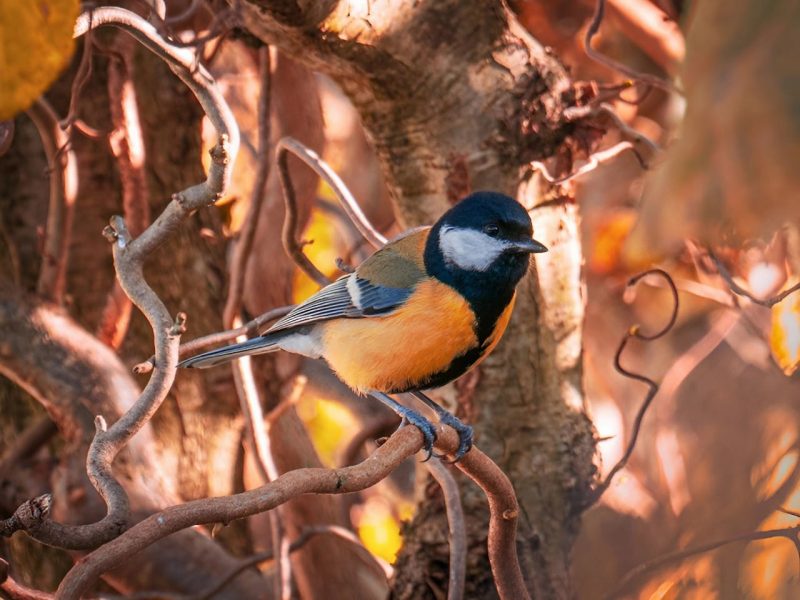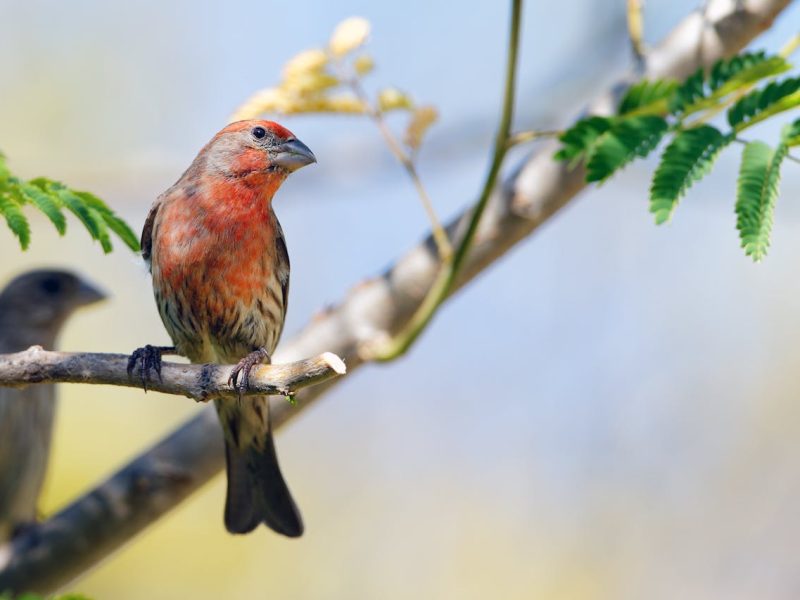Birds are fascinating creatures, and one of the most intriguing aspects of their behavior is their nesting habits. While many birds build nests high up in trees or on human-made structures, some species construct their nests directly on the ground. These ground-nesting birds have developed unique adaptations and behaviors to protect their eggs and chicks from predators.
Ground-Nesting Shorebirds
Plovers
Have you ever seen a bird perform a distraction display? Plovers, like the Killdeer and Piping Plover, are masters at this. When someone or something approaches their nest on the ground, they will start dragging a wing and acting injured to lure the potential threat away from their well-camouflaged eggs.
I’ve witnessed this behavior firsthand while hiking near a Killdeer nest, and it’s truly impressive how dedicated these birds are to protecting their young.
In addition to their clever distraction tactics, plovers also rely on the camouflaged coloration of their eggs to help conceal their nests.
Organizations like the American Bird Conservancy work tirelessly to protect threatened and endangered plover species, as their nesting habitats are often in jeopardy due to human activity.
Sandpipers and Phalaropes
Sandpipers, like the Spotted Sandpiper, and phalaropes, like the Red-necked Phalarope, are other shorebirds that build their nests on the ground. Their nests are cleverly hidden among the surrounding vegetation, blending in perfectly with their surroundings.
These birds have fascinating migration patterns, traveling incredible distances to reach their breeding grounds where they construct their ground nests. Protecting their nesting habitats is crucial for their survival.
Oystercatchers
The American Oystercatcher is another ground-nesting shorebird that caught my attention during a beach vacation. These striking birds construct simple scrape nests on sandy beaches or rocky areas, and they fiercely defend their nests from potential threats.
Conservation efforts are underway for this species of concern, as their nesting habitats are often disturbed by human activity and development.
Ground-Nesting Grassland Birds
Meadowlarks
The melodious songs of the Eastern and Western Meadowlark are a sure sign of spring in many parts of North America. These beautiful birds construct grass-lined ground nests in fields and prairies, well-hidden among the vegetation. Unfortunately, their nesting success can be threatened by activities like mowing and farming machinery.
Upland Sandpiper
With its unique appearance and distinctive wing-trill display during the breeding season, the Upland Sandpiper is a fascinating grassland bird. These sandpipers construct their nests directly on the ground in fields and prairies, relying on their camouflage to keep their eggs and chicks safe. Unfortunately, habitat loss has made the Upland Sandpiper a species of conservation concern in many areas.
Long-billed Curlew
One of the largest shorebirds in North America, the Long-billed Curlew, is another ground-nesting grassland species. These birds create simple scrape nests in short-grass prairies, and they are fiercely defensive of their nests and young.
Protecting the remaining grassland habitats for the Long-billed Curlew and other ground-nesting species is crucial for their survival, as habitat loss continues to be a major threat.
Other Notable Ground-Nesting Birds
Nightjars
Have you ever heard the haunting calls of nightjars like the Common Nighthawk or Chuck-will’s-widow? These nocturnal birds are masters of camouflage, blending in perfectly with their surroundings when nesting on the ground. Their unique breeding behaviors, like the male’s courtship display flights, are a sight to behold.
Nightjars face threats like habitat loss and the impact of artificial lighting on their nocturnal habits. Being mindful of our impact on their nesting areas is crucial for their conservation.
Killdeer
Speaking of impressive nesting behaviors, the Killdeer is a true master of distraction. This plover is a familiar sight in many urban and suburban areas, often nesting in unlikely places like lawns, parking lots, and even gravel rooftops.
Their broken-wing distraction display is incredibly convincing, and I’ve fallen for it more than once while hiking near their nests.
While the Killdeer’s adaptability to human-modified environments is admirable, we still need to be mindful of their nesting areas and give them space to raise their young successfully.
Quails and Prairie Chickens
Gamebirds like the Northern Bobwhite and Greater Prairie-Chicken are other ground-nesting species that rely on healthy grassland habitats. These birds construct well-camouflaged nests amid the vegetation, and their survival depends on conservation efforts to protect and restore their prairie homes.
As someone who enjoys hunting responsibly, I understand the importance of sustainable management practices for these species. Hunting regulations and habitat conservation go hand in hand to ensure the long-term survival of ground-nesting gamebirds.
Protecting Ground-Nesting Birds
While ground-nesting birds have developed clever adaptations to protect their eggs and chicks, they still face many threats from human activity. Being aware of potential ground nests when mowing, hiking, or engaging in other outdoor activities is crucial.
If you encounter a bird exhibiting distraction displays or defensive behavior, it’s best to give them a wide berth and avoid disturbing the nesting area.
Supporting conservation organizations and initiatives aimed at protecting grassland and shorebird habitats is also vital for the survival of ground-nesting species. Small actions like being mindful of our impact and advocating for habitat preservation can make a big difference.
It’s illegal and unethical to disturb or handle bird eggs or chicks, even if the nest is in an inconvenient location. These ground-nesting birds are resilient, but they need our help to thrive in an increasingly human-dominated world.
In Short
Ground-nesting birds are a remarkable and often overlooked group of species that have developed incredible adaptations and behaviors to protect their young. From the clever distraction displays of plovers to the camouflaged nests of grassland birds, these feathered friends remind us of the incredible diversity and resilience of nature.
As we continue to shape and alter the natural landscapes around us, we must remain mindful of our impact on ground-nesting birds and take steps to protect their habitats. By supporting conservation efforts, being aware of potential nesting areas, and advocating for responsible land management practices, we can ensure that these fascinating ground-nesters continue to thrive for generations to come.



